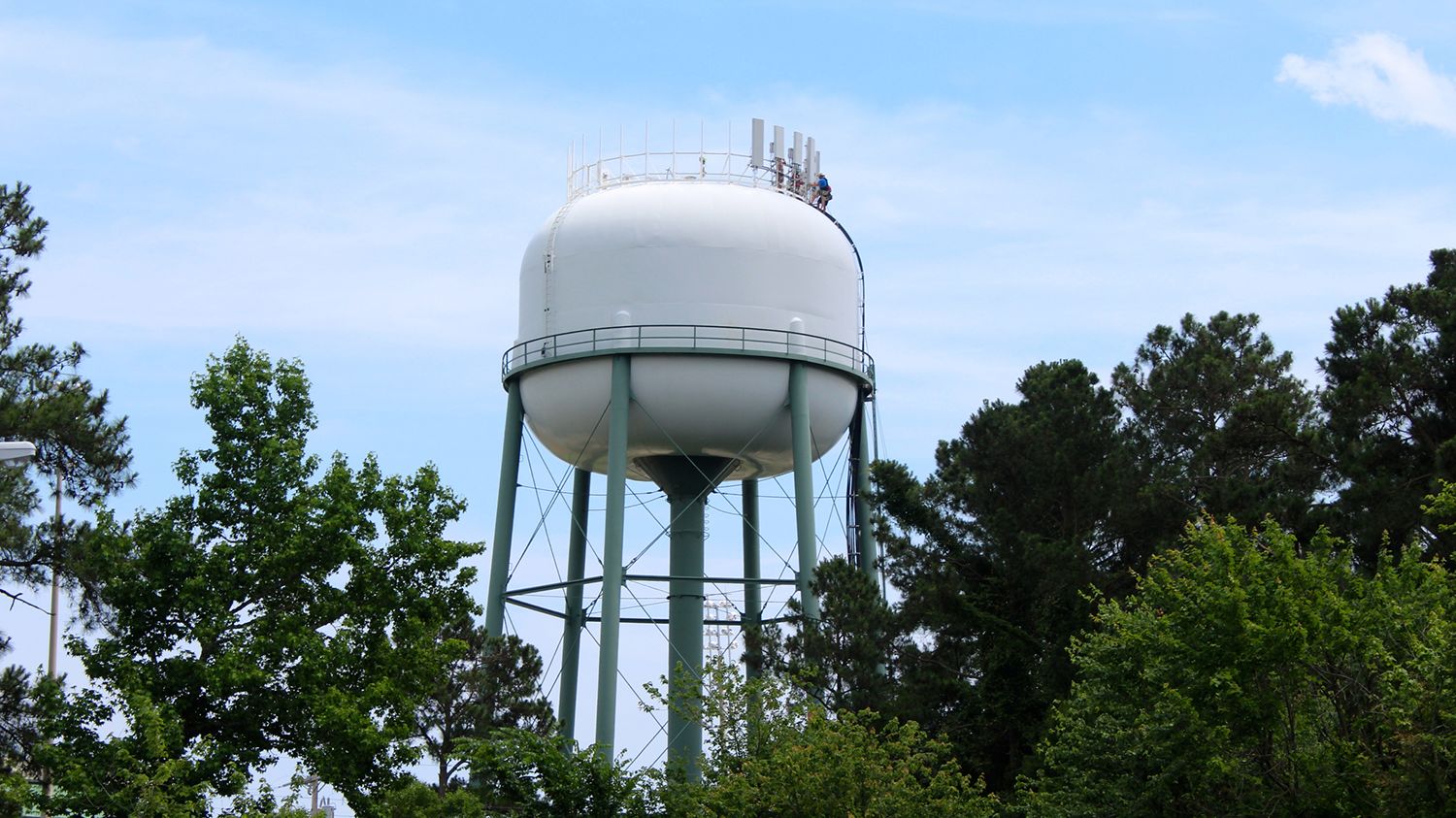What Is a Water Use Permit?

When navigating the complicated process of receiving multiple permit approval, it can be easy to get lost in the different terms being used. Conditional Use Permits, Mechanical Permits, Electrical Permits, etc. It can be mind-boggling trying to understand all the different terms being thrown at you.
To help with this task, we will be discussing and explaining the crucial permit known as Water Use Permit.
A Water Use Permit (or what might be known as a Consumption Use Permit) is a critical approval that is usually carried out by the Water Management Department of the jurisdiction that you are applying to. The purpose of the permit is to ensure that water use is not harmful to the water resources of the area, is reasonably beneficial, and does not interfere with existing legal uses while being consistent with the public interest. It also allows the applicant to be assured that water will be available for their use for as long as the duration of the permit exists.
The main goal with issuing a Water Use Permit is the effort to implement water conservation measures. Many states have targets that help implement management practices for saving water resources, by issuing Water Use Permits, the state has a better chance of managing water and keeping track of their water conservation plan.
Receiving a Water Use Permit, as is the case for any permit, depends on the jurisdiction of your town. Florida is a state that generally requires a Water Use Permit, so we will investigate their permitting procedures to receive a Water Use Permit in the Northwest Region of Florida.
Florida
In Florida, an Individual Water Use Permit is required for any use of water that is non-exempt and does not qualify for a General Water Use Permit. They have also broken up water use into eleven different water use classifications: agricultural use, commercial use, dewatering use, diversion and impoundment use, industrial use, institutional use, landscape use, irrigation use, mining use, public supply use, recreation use, and other use. Since we deal with commercial projects, we will focus on commercial use.
Permitting Process
- Pre-application meetings
- Pre-application meetings are strongly encouraged. This way the jurisdiction can identify issues that need to be addressed prior to submitting. It is a form of due diligence, so the applicant is not wasting time and money with re-submittals.
- Fees: Requested Annual Average Daily Withdrawal (Gallons)
- Less than 25,000 gallons per day = $100.00
- 25,000 to 99,999 gallons per day = $250.00
- 100,000 to 499,999 gallons per day = $500.00
- 500,000 to 999,999 gallons per day = $1,000.00
- 1,000,000 to 1,999,999 gallons per day = $2,000.00
- 000,000 or more gallons per day = $3,000.00
- Permit Transfer or Letter Modification Request = $50.00
- Temporary Permit (in addition to the fees identified above) = $50.00
- Submittal of Materials
- All permit application materials, appropriate fees, notices, etc. need to be submitted in your jurisdiction’s office. Be sure to do your proper due diligence to double-check office hours, deadlines, and preferred method of submittal (electronic or paper).
- Processing Timeframes
- For most jurisdictions, no later than thirty days after receipt of application shall the District notify you of status.
- If any information is missing or additional materials are needed, they will contact you directly regarding this manner.
Curious for more information regarding Water Use Permitting in Northwest Florida: read their Water Use Applicant’s Handbook.




